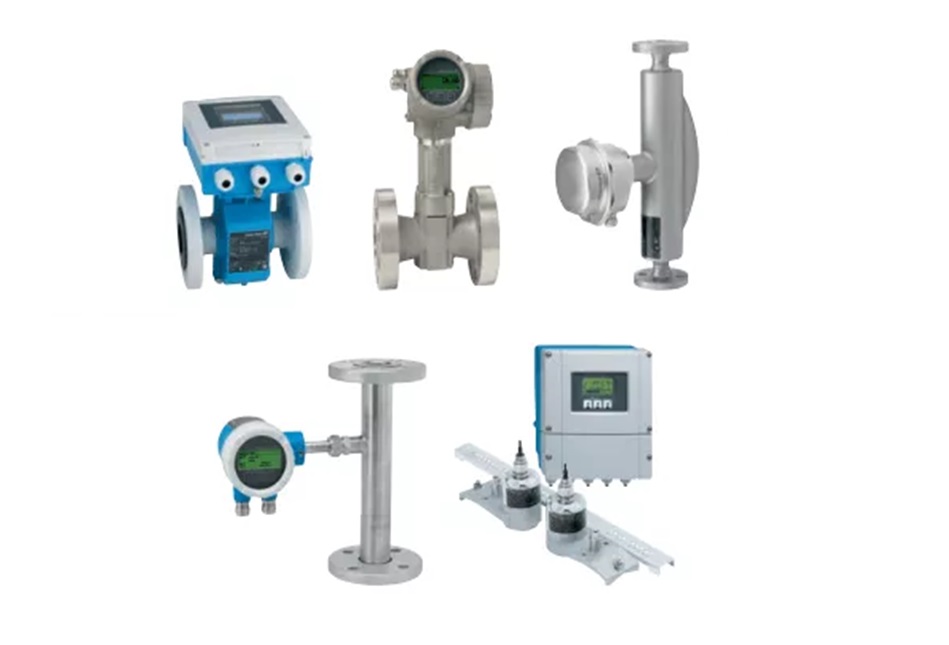Flow meters are devices that are mounted on a pipe to measure the air, water, and gases that pass through the pipe. Flow meter finds its various uses in several places. But before using it, it is necessary to have complete information about it.
For that, a few questions related to flow meter, its types, uses, working principle and applications will be addressed in this article.
What Is A Flow Meter?
A flow meter is a device used to measure the gas and liquid contained in the unit area of any pipe and to measure the linear and non-linear volume and mass.
It was invented many years ago for use in agricultural areas. It is known by a few more names such as gas water sensor and water gauge.
Working Principal Of Flow Meter
- Q = V * A
- m = Q * d
To understand its working principle, it is necessary to understand the above two equations. In the first equation, the volume through the cross-sectional area of the flow meter pipe represents the liquid flow.
In addition, the mass of gas in the second equation is equal to the density of the liquid and liquid flow passing through the cross-sectional area of the pipe.
Applications Of Flow Meter
The purpose of making flow meters in the early days was to change the traditional customs in agriculture. The purpose was to determine the flow and volume of rivers and canals.
This flow rate was used to determine whether the flow rate was suitable for farming and harvesting. But the change of time brought it from rivers and agriculture to unit plant and industry.
For its use in industry, it was made more volume sensitive and accurate. And then it began to be used to measure the water volume and jam jelly flow rate in the tanker and in the pharmaceutical industry.
Types Of Flowmeter
Based on their application flow meter is classified into the following types:
- Mechanical Flowmeter
- Positive displacement (PD flow meter)
- Mass flow meter
- Velocity flow meter
- Pressure flow meter
- Open channel flow meter
- Optical flow meter
1. Mechanical Flow Meter
It works based on gears arrangements. It has a further four classifications.
Positive Displacement Flow Meter
It is very easy to install and offers a more accurate and repeatable rate than any other flow meter. It actually works on the principle of counting volume.
Mass Flow Meter
It is mostly used in the chemical and pharmaceutical industries where the volume of flow is measured by weight.
Velocity Flow Meter
This flow meter consisting of a turbine and pedal wheel is used to measure the volumetric speed of the product.
Pressure Flow Meter
This is the flow meter used in the industry from about forty to fifty percent. It works on the principle of the static pressure of the liquid.
2. Open Channel Flow Meter
This is a flow meter that is used to measure the flow rate of water in an open environment. Such as the volume flow rate of rivers, streams, etc.
3. Optical Flow Meter
This flow meter powered by laser technology is a new invention of science. This is the flow meter used in most industries.
How To Choose The Right Flow Meter?
The first step in selecting any flow meter is to select the sensor. And at what volume will the flow meter be used? And where will the flow meter be installed? These questions and their answers make the selection of the right flow meter easier.
Final Words
In light of the above discussion, flow meters are devices that are used to measure the flow rate of liquid and gas.
The flow meter was initially used in agriculture but later it gained access to the industry. It has various types.
Some flow meters are mechanical and others are optical flow meters. The mechanical flow meter is further divided into four sections which work on the Principles of pressure, volume Speed, and counting and sensor selection is the basic step to choosing an appropriate flow meter.

